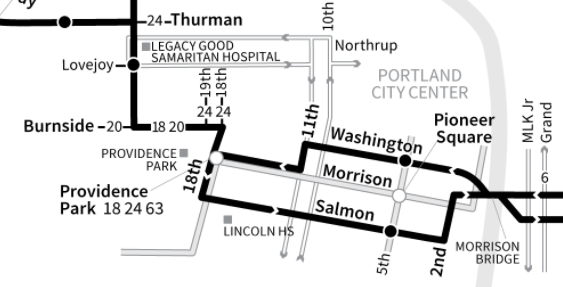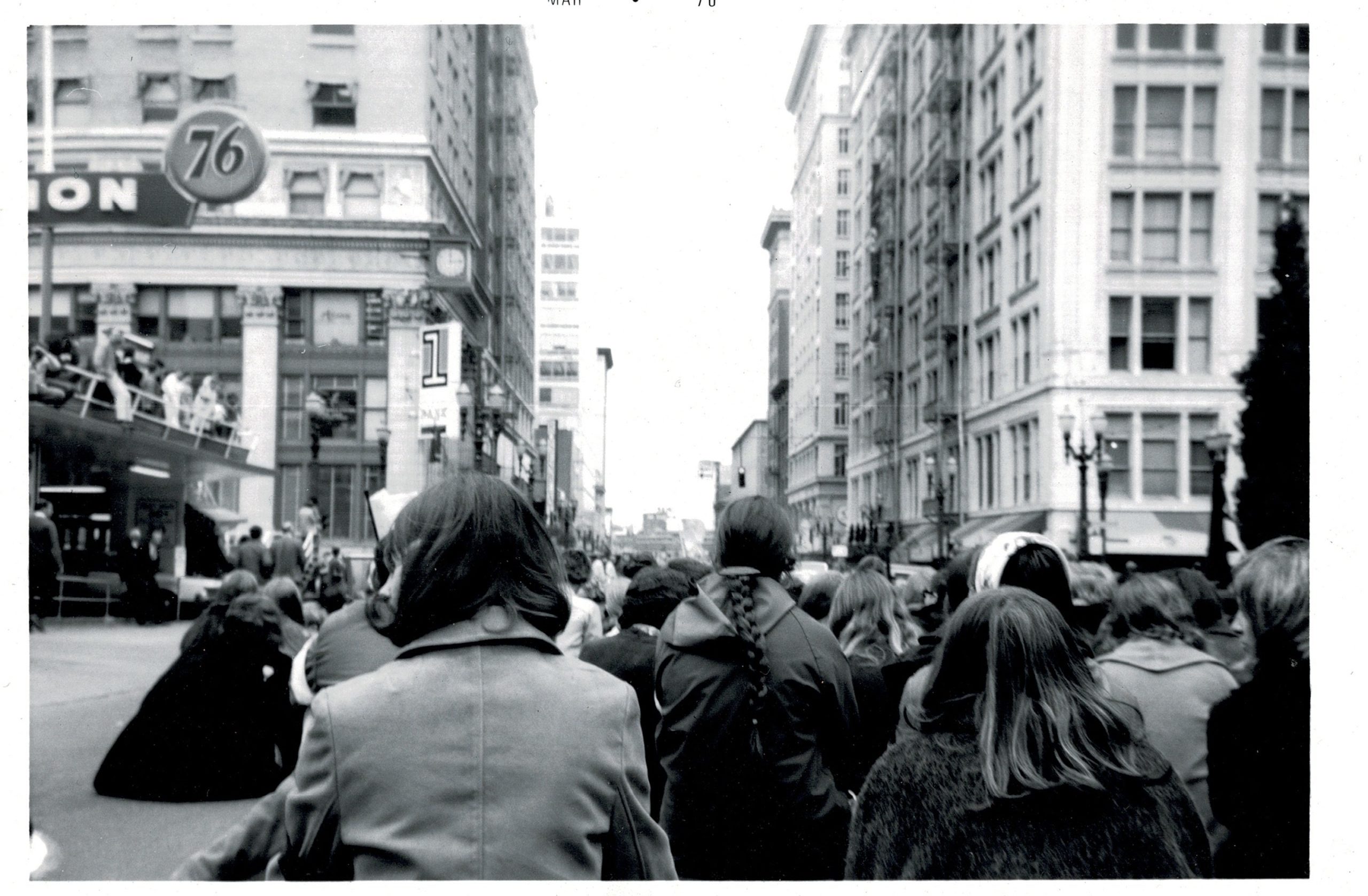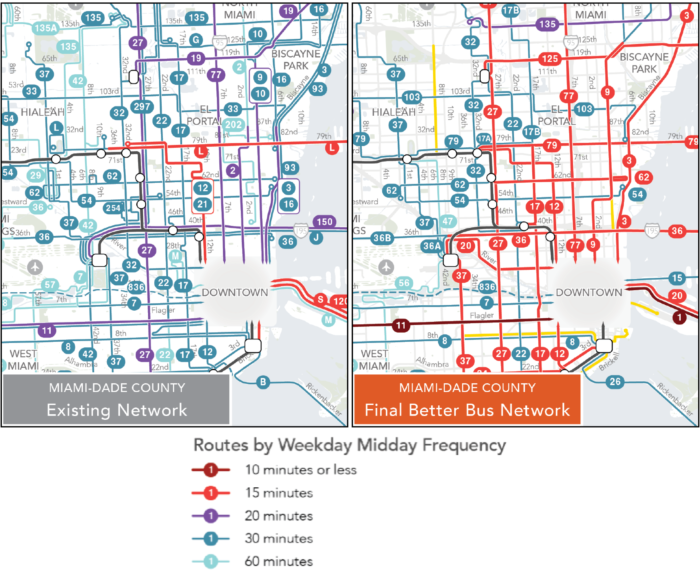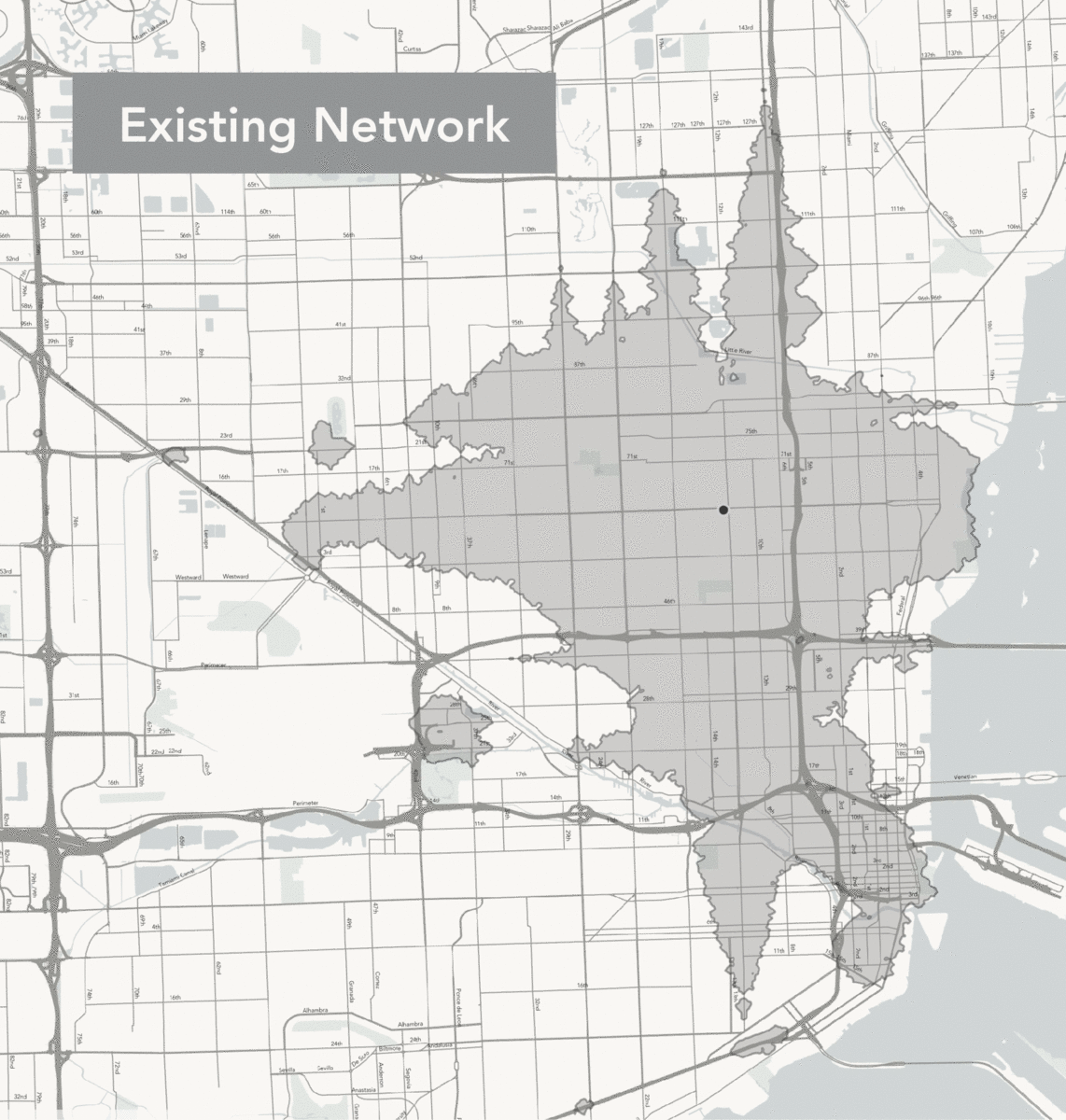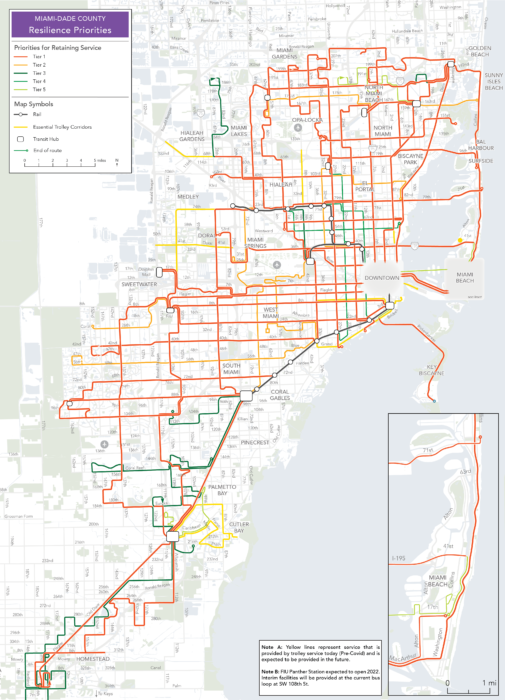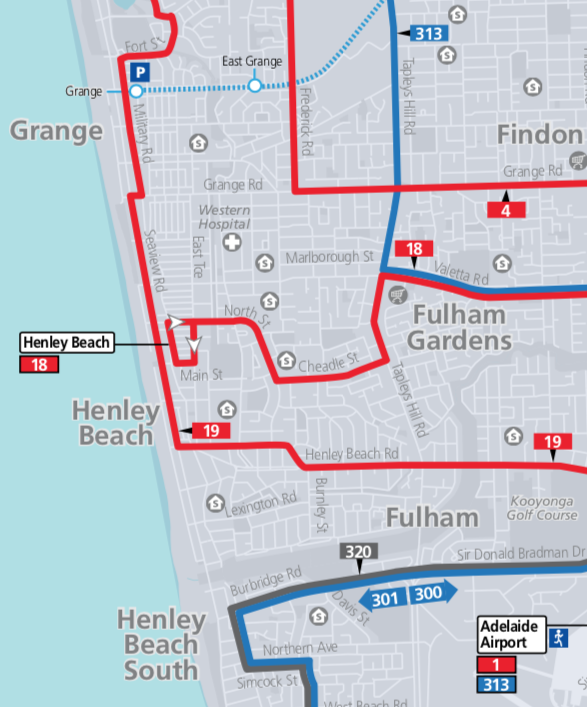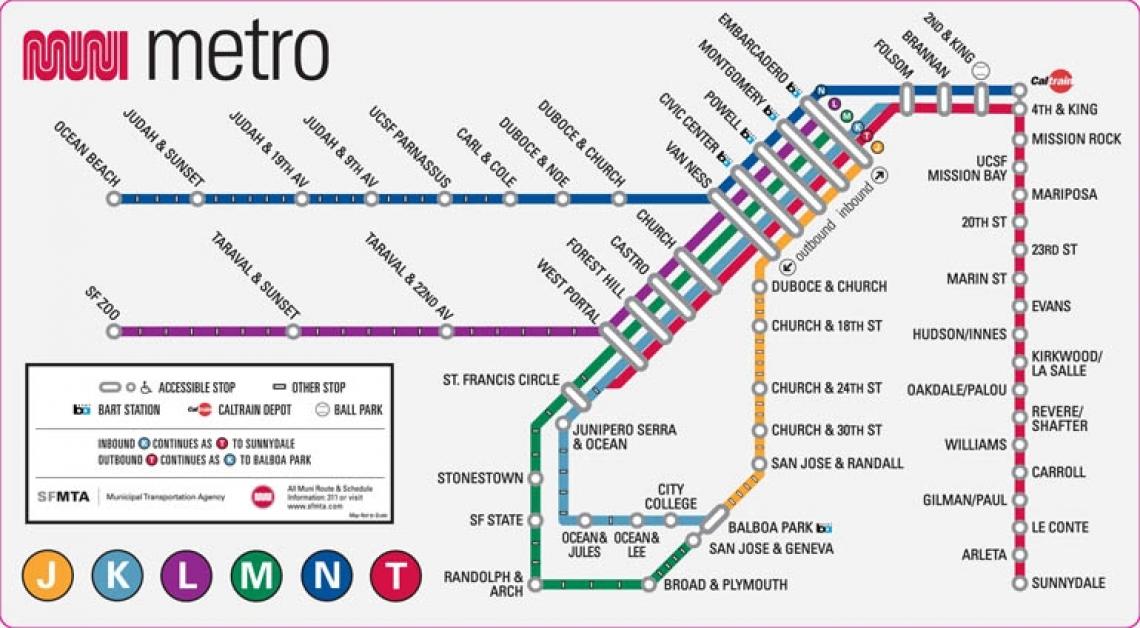Living in Portland, I still care about the details of transit network planning here, and here’s a thing that Portland folks should comment about, especially those who deal with downtown.
Back in the 1980s, when the current frequent grid network was laid out, there was a controversy about the east-west path that Morrison Bridge buses (now Line 15) should use across downtown. As a result of this, the two directions of service ended up five blocks apart, with westbound buses on Washington St and eastbound buses on Salmon St.
Separating the two directions of service, beyond the minimum required by typical one-way couplets, is a Very Bad Thing, because a service is useful only if you can walk easily to both directions of it.

Blue shows the area with easy access to service. As the directions of service get further apart, the area served gets smaller.
Why was this five-block split ever created? I was hanging around TriMet as a teenager then, so I think I remember. Nobody who designed this liked it. It was a political compromise, partly involving the department store whose large and busy loading dock fronted onto Alder, creating conflicts with buses.
The department store is long gone, but for some reason this was never fixed. I started banging this drum again about a year ago, and the objection I heard was that Alder has too much rush hour traffic, backed up from the bridge. While this is true:
- A problem that happens briefly, like rush hour congestion, shouldn’t define the route that buses use all the time.
- Congestion always happens where people want to go. Designing bus routes to avoid congestion usually implies avoiding logical paths that would be useful to the most people.
- Whatever time may be lost in that backup is far less than the time spent driving ten additional blocks, in the eastbound direction, to go down to Salmon St and back.
Now, TriMet is finally proposing to fix it:
Now, like any existing routing, some people find the Salmon St routing useful, probably including many municipal and county employees whose main offices are near there. But these people are already walking from distant Washington St to travel in the other direction anyway, so they’re proving that they can.
If you live in Portland, please comment on this! Tri-Met is taking feedback here. As always, you must comment if you like an idea, not just if you hate it. Negative comment predominates on almost all service changes, because people who like a change take it for granted that it’s happening anyway. Don’t be part of that problem! Comment here. There’s other cool stuff to comment on there too!
